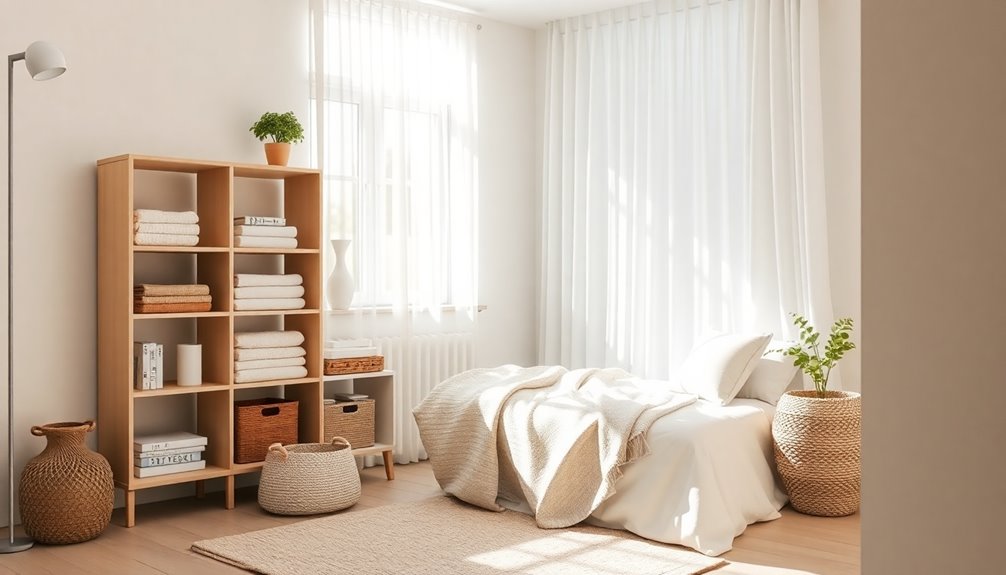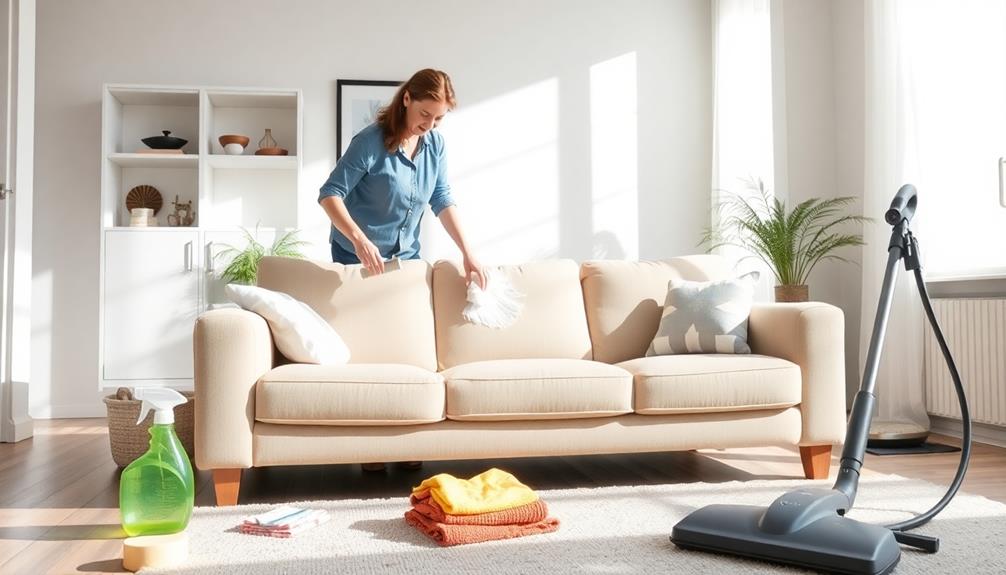Releasing the power of white space can truly elevate your designs. It helps organize content and creates a calming effect that makes users feel at ease. By reducing cognitive overload, white space aids in better information absorption and enhances readability. It's essential for guiding attention to crucial elements, ultimately improving user engagement. You'll want to reflect on effective techniques like proper margins and padding to add breathing room around your content. Plus, mastering this tool can greatly enhance user experience across various platforms. Keep exploring, and you'll discover even more ways to enhance your design strategy.
Key Takeaways
- White space enhances organization, creating a calming effect that improves overall design appeal and user experience.
- It reduces cognitive overload, aiding in information absorption and increasing clarity for better comprehension.
- Strategic use of margins, padding, and line spacing guides attention to key elements, enhancing understanding and engagement.
- Clear separation between design elements improves navigation, making it easier for users to discover content.
- Mastering white space fosters a sense of calm, encouraging users to explore content more thoroughly.
Understanding White Space
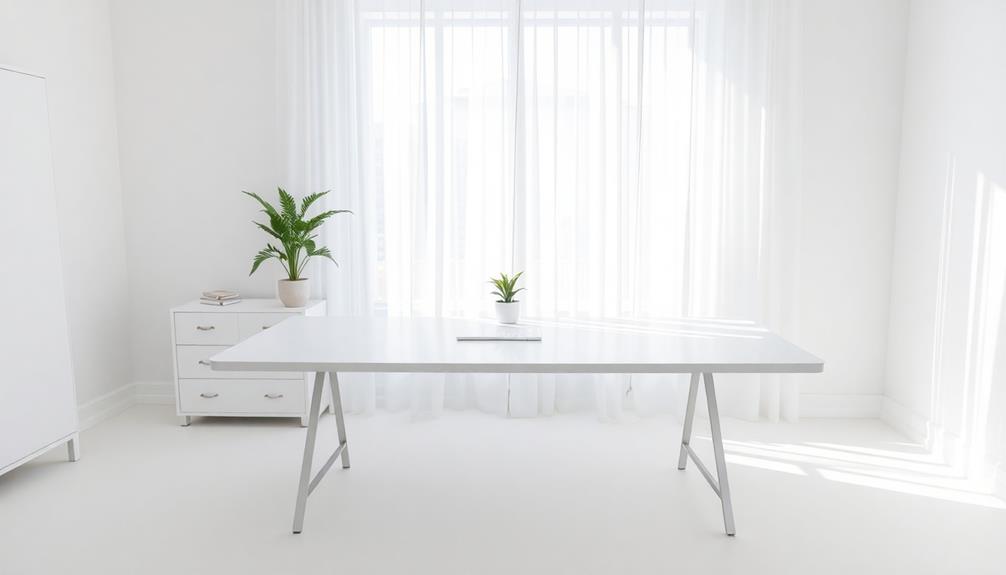
Although many people overlook it, understanding white space is essential for effective design.
White space, or negative space, refers to the empty areas between design elements. It plays a significant role in how your audience perceives and interacts with your content. By incorporating white space, you enhance organization and create a calming effect, making your design more inviting.
This strategic use of empty space reduces cognitive overload, allowing viewers to absorb information more easily. When you embrace white space, you not only improve the visual appeal but also enhance communication.
It's about finding balance and harmony in your design, ensuring that every element has room to breathe. Ultimately, mastering white space is key to effective and engaging design.
Enhancing Readability and Comprehension

White space is like a revitalizing change for your designs, greatly boosting readability and comprehension. White space is like a revitalizing change for your designs, greatly boosting readability and comprehension. It provides a much-needed balance, preventing elements from feeling overcrowded or overwhelming. Whether you’re working on web layouts or exploring navy blue accent wall ideas for your home, incorporating space strategically allows key features to shine and creates a more harmonious aesthetic.
By incorporating white space effectively, you can create a more inviting environment for your audience.
Here's how it enhances your content:
- Improves Engagement: With less clutter, readers can focus on what truly matters without distractions.
- Increases Clarity: Ample spacing allows your audience to process information more easily, reducing cognitive overload.
- Guides Attention: Strategic use of white space directs readers' eyes to key elements, enhancing their understanding.
When you embrace white space, you're not just making your design look good; you're also making it easier for your audience to read and comprehend your message.
It's an essential tool for effective communication.
Techniques for Effective Design
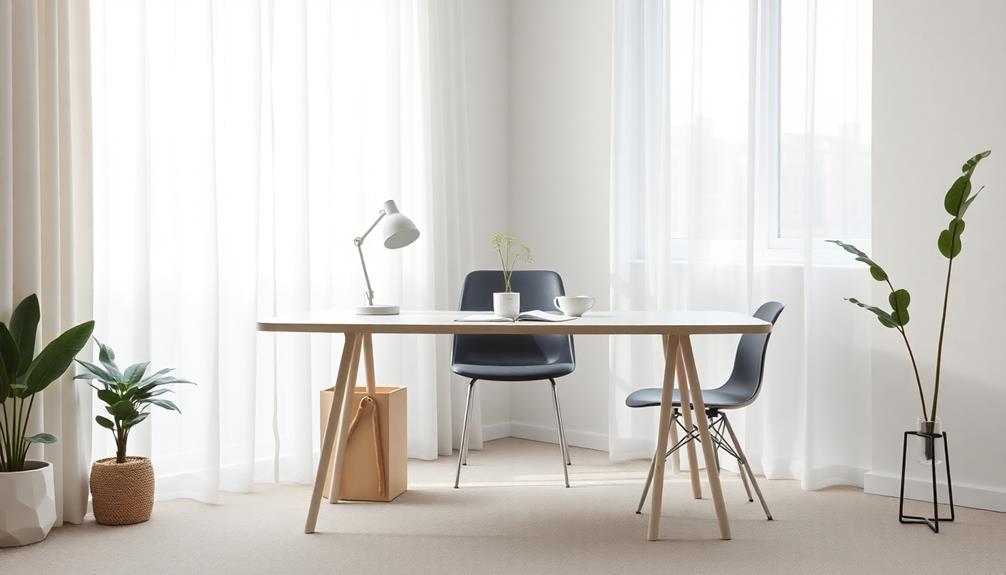
To achieve effective design, mastering the art of utilizing white space is essential.
Start by confirming ideal line spacing; this balances your text for better readability. Use proper margins to create breathing room around your content, allowing it to stand out.
Incorporate padding between elements to enhance visual comfort and avoid clutter. Think strategically about the placement of white space; it can greatly improve the overall harmony of your layout.
Follow basic guidelines for white space to confirm your design remains balanced and appealing.
Remember, white space isn't just empty; it's a powerful tool that can elevate your design and make it more inviting for your audience.
Embrace these techniques to create impactful visuals.
User Experience and Engagement
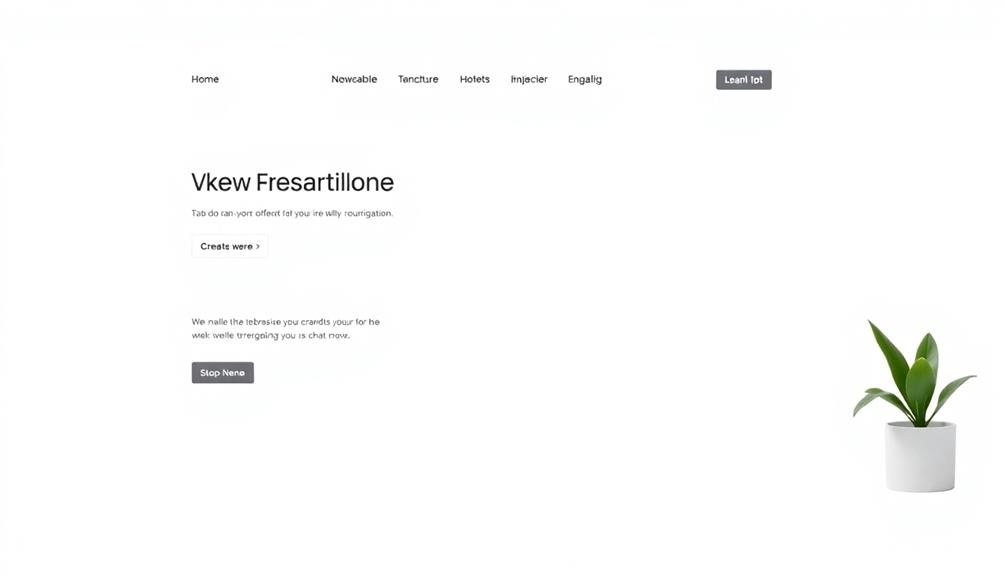
Mastering white space not only enhances design aesthetics but also greatly boosts user experience and engagement.
By utilizing white space effectively, you can guide users through your content seamlessly.
Here's how it impacts user engagement:
- Improved Navigation: Clear separation between elements makes it easier for users to find what they need.
- Enhanced Comprehension: Less visual clutter means users can focus on the important information, leading to better understanding.
- Increased Retention: A clean layout allows users to absorb information, making them more likely to remember key points.
Broader Implications of White Space
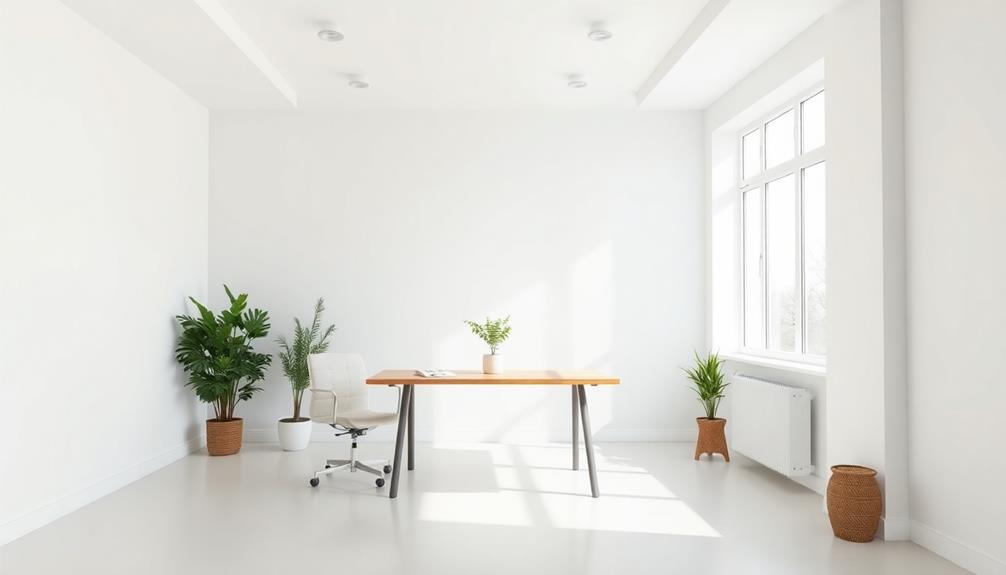
The significance of white space extends beyond mere design aesthetics; it fundamentally influences how users interact with content across various platforms.
When you incorporate white space effectively, you're not just improving readability; you're enhancing overall user experience. By reducing visual clutter, you help users focus on key information, leading to better comprehension and engagement.
White space also plays an essential role in guiding user navigation, making it easier for them to find what they need. Additionally, it fosters a sense of calm, encouraging users to explore your content longer.
In a world where attention spans are fleeting, utilizing white space strategically can set your work apart and create a more inviting, effective experience for your audience.
Frequently Asked Questions
How Does White Space Influence Brand Perception?
White space influences your brand perception by creating a sense of sophistication and professionalism. It allows your message to shine, making it more memorable and inviting. A clean design can foster trust and enhance user engagement.
Can White Space Be Used in Print Design Effectively?
Imagine reading a book with cramped text; it's exhausting. In print design, using white space effectively guides your reader's eye, enhances comprehension, and creates a visually appealing experience that invites engagement and understanding.
What Are Common Misconceptions About White Space?
You might think white space is wasted space, but it's actually essential for clarity and organization. Many underestimate its role in enhancing readability and engagement, believing more content leads to better communication. It doesn't!
How Does White Space Differ Across Cultures?
White space can feel like a vast desert in one culture, while another views it as a revitalizing oasis. You'll find that perceptions of space vary, shaping design and communication uniquely in different regions.
Is There a Limit to How Much White Space Is Too Much?
Yes, there's a limit to white space. If you use too much, it can create disconnection and confusion. Balance is key; guarantee it enhances usability and doesn't overshadow the content you want to convey.
Conclusion
Just like a garden thrives with room for each flower to bloom, your designs flourish when they breathe. By embracing white space, you're not just clearing clutter; you're inviting your audience to wander through your content with ease. Like a gentle guide, white space leads their eyes and hearts to what truly matters, transforming chaos into clarity. So, cultivate that space thoughtfully, and watch as your designs blossom into inviting landscapes, engaging all who enter.


